Eyefish Media Films

The Great Indian Rope Trick
The story of the
Great Indian Rope Trick
By Kent W. Dahl
The Great Indian Rope Trick was first recorded by the great mogul emperor, Jahangir, in the early fourteenth century.
He tells us, that he invited several magicians to perform for him in his palace. Especially one magic trick made a profound impression on him.
The magician appeared in front of the emperor with only a basket. He takes of the lit of the basket and plays his flute. Slowly a rope rises into the sky. The magician then asks his small boy to come forward. The boy takes hold of the rope and starts to climb. Halfway up the rope he rests. Then his father asks him to come down. At the command of the magician the rope suddenly slackens and falls to the ground.
Foreigners visiting India during the 18th and 19th century reported sightings of similar performances. Recognizing a good story the international press jumped on the chance to report about the mysterious and exotic India, which caught their reader's imagination.
At one point foreigners would associate India more closely with the Great Indian Rope Trick than Taj Mahal.
Although there were many believers, there were also many skeptics.
Believers explained the Rope Trick as a miracle performed by Indian magicians with supernatural powers.
Skeptics attributed it to people's overactive imagination, combined with a defective memory - and a poor power of observation.
Some people who reportedly experienced the rope trick took photos of it. However, when they developed the film the celluloid was blank.
Therefore rationalists suspected that the rope trick was a combination of mass hypnoses and hallucination.
There was just one “small” problem.
Nobody could find a magician, who could perform the Great Indian Rope Trick.
Still many Indians, as well as foreigners in India, testified on and off that they had seen the rope trick.
With no clear explanation, the legend of the Great Indian Rope Trick refused to die.
To test the legend, the English Club of Magicians in London announced a prize in 1934. The club promised to pay 50.000 pounds to the person, who could perform the Great Indian Rope Trick according to the legend.
Soon bounty hunters were roaming all over India trying to find the magician, who could perform the Great Indian rope Trick.
Hundreds of magicians in India and Europe likewise tried to get the money.
Some magicians realized the rope trick on the stage or under a tree.
But this was not true to the legend. The rope trick that the great mogul emperor Jahangir saw was performed in an open space under the open sky.
They all failed until the street magician, Ishamudin Khan, performed the rope trick according to the legend on the beach in Udupi in Kanataka in India in 1997.
Contrary to the old believers in the Great Indian Rope Trick, Ishamudin, as a professional magician, did not believe in miracles.
He thought out the trick by using his intuitive magic mind, consulting his elders and visiting the libraries in Delhi.
Ishamudin's rope trick became big news not only in India, but also internationally.
Today Ishamudin's performance is considered one of the greatest magic tricks in the world
After performing the rope trick in Udupi, Ishamudin has travelled all over the world performing the Great Indian Rope Trick for an amazed foreign audience.
It was also included in a BBC television program about the 50 greatest magic tricks in the world
However, ironically Ishamudin has rarely performed his Great Indian Rope Trick in his home country - India.
All rights reserved: Kent W. Dahl - Eyefishmedia.com
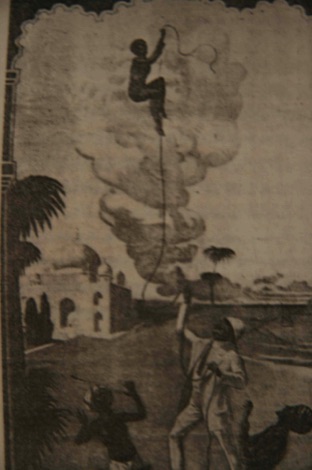
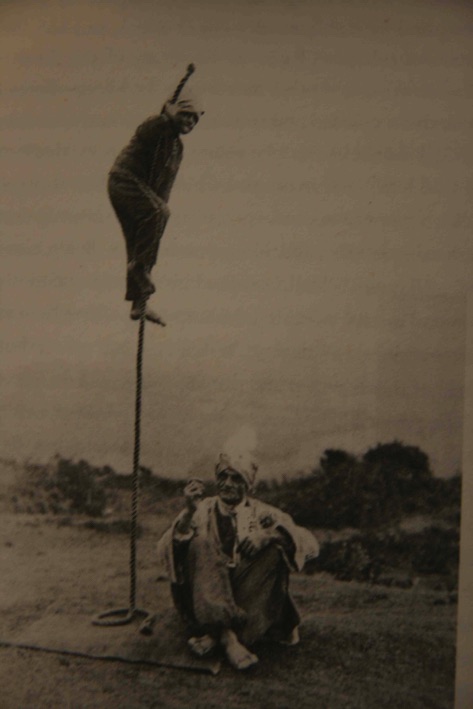
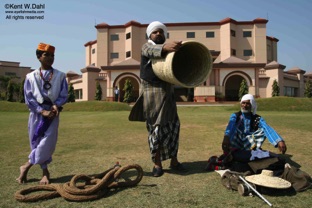
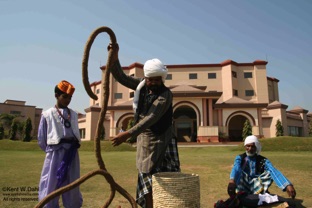





Copyright
All photos, articles and other material displayed in Eyefish Media’s homepage are covered by copyright protection. No use or reproduction is allowed without prior consultation with Kent W. Dahl.
English or Japanese subtitles

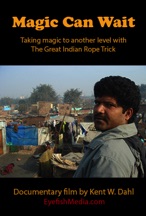
An old photo of a crude attempt to do The Great Indian Rope Trick.